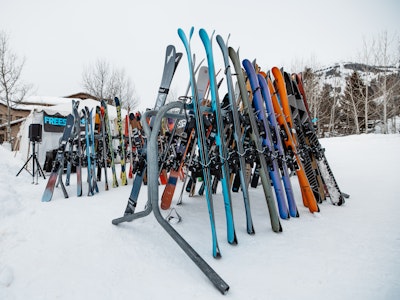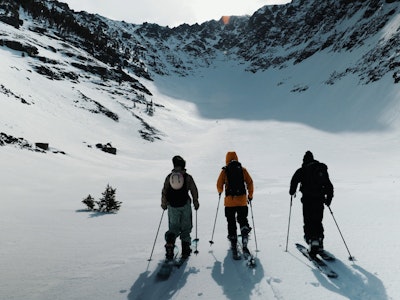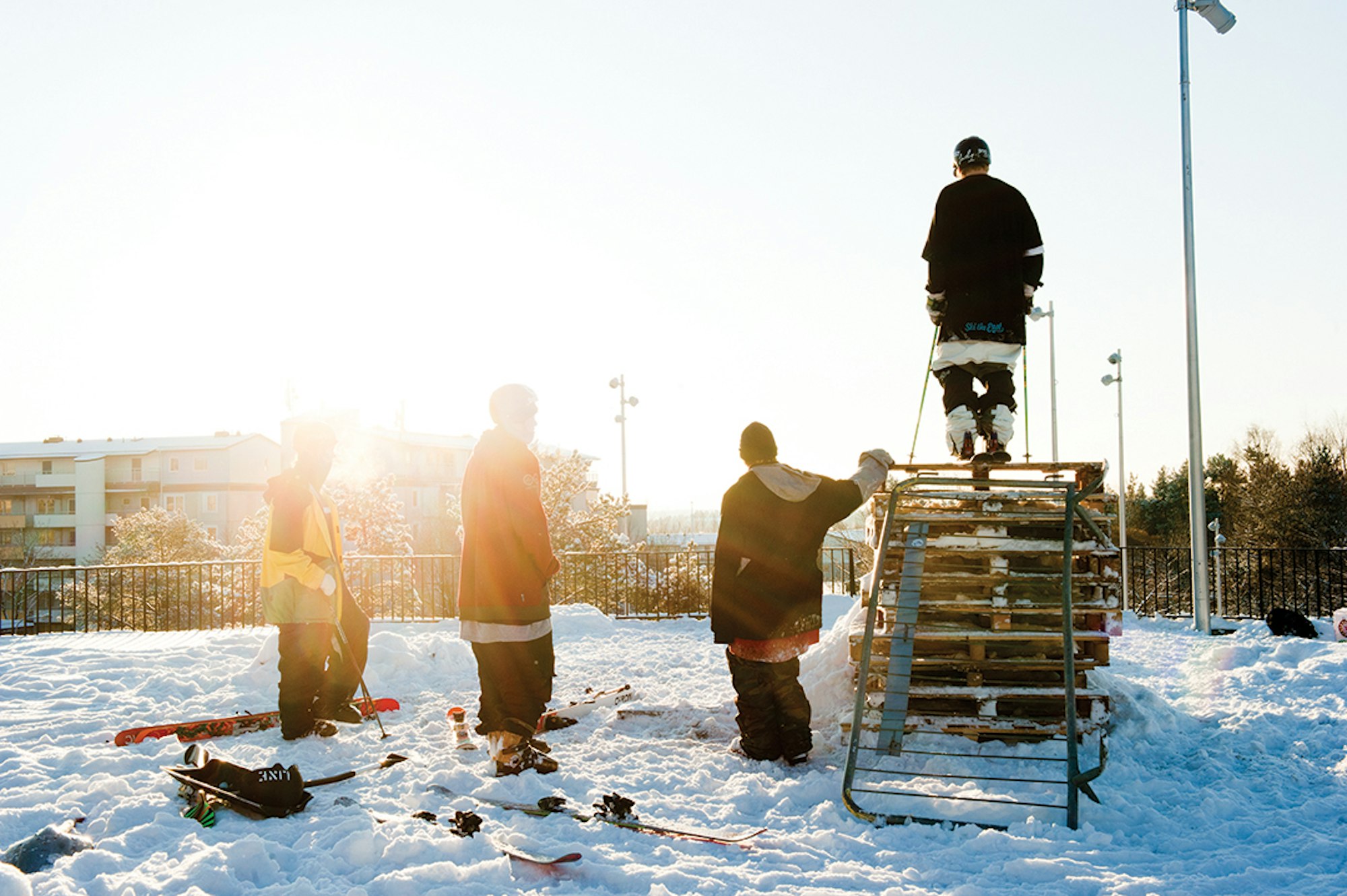I remember my first handrail like it was yesterday. My camera-toting friend Kevin and I loaded into Tim Durtschi’s tiny 1980-something Isuzu Pup pickup truck. Tim had just gotten his license and had been driving around Anchorage all July looking for handrails, and we had lined up a perfect spot at a local high school. I had crafted a pre-made jump by ratchet-strapping three plastic drums together and thrown it in the back. Then we loaded the Pup down with so much snow that every bump we hit made the truck bottom out and create a vibrating noise we excitedly called the subwoofer.
It was a 14-stair handrail with a smaller set above for a drop in. We put the drum jump three stairs down, effectively making an 11-stair, ride-on handrail. By the time we started hitting it, all the landing snow had melted into a pool over a tarp we laid down in what seemed an ingenious idea to save the snow. I’ll never forget how scared I was to hit that rail. I will also never forget how ecstatic I was when I landed it on my third try. (That shot is still on Newschoolers. Try and find it.)
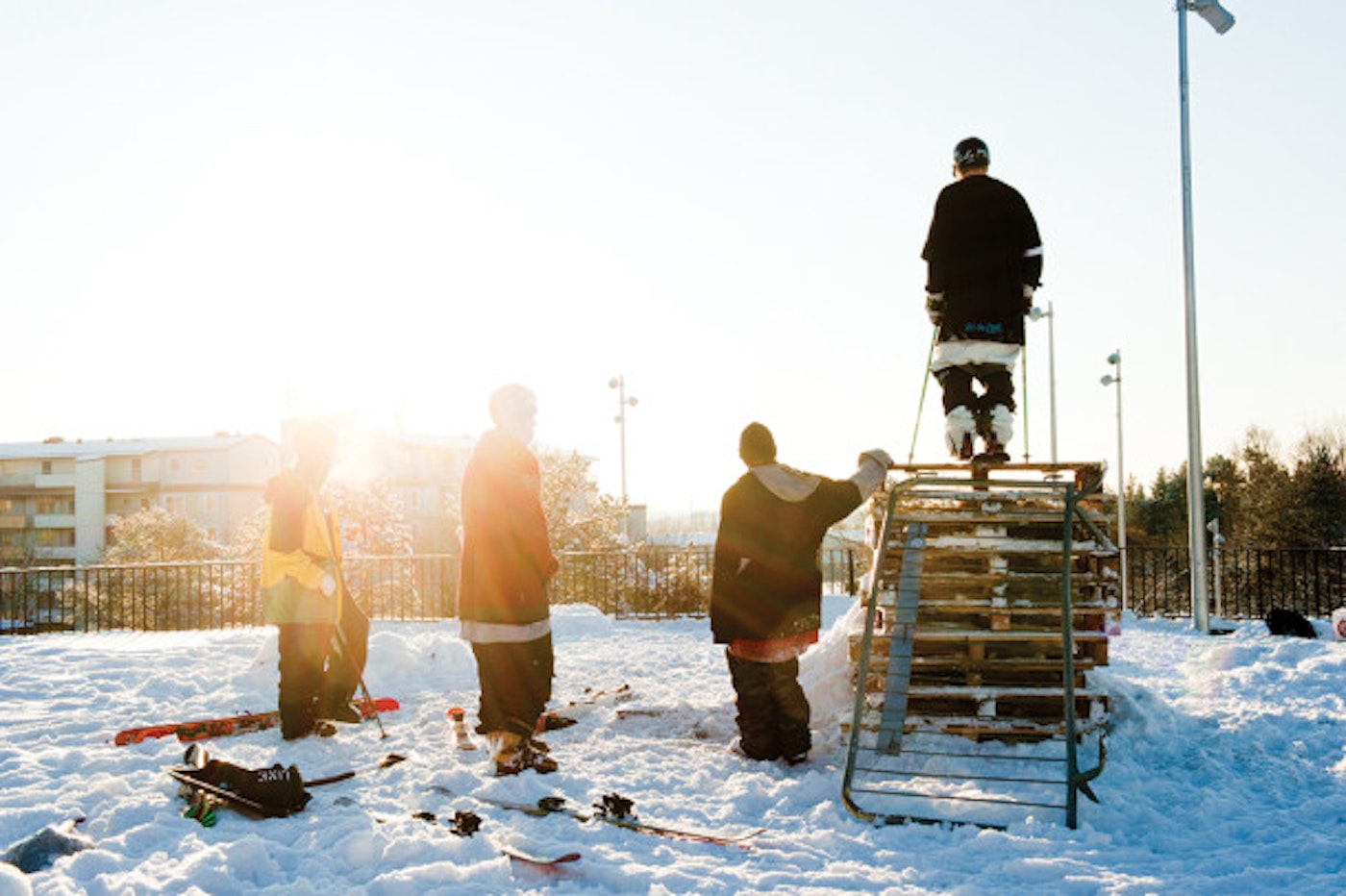
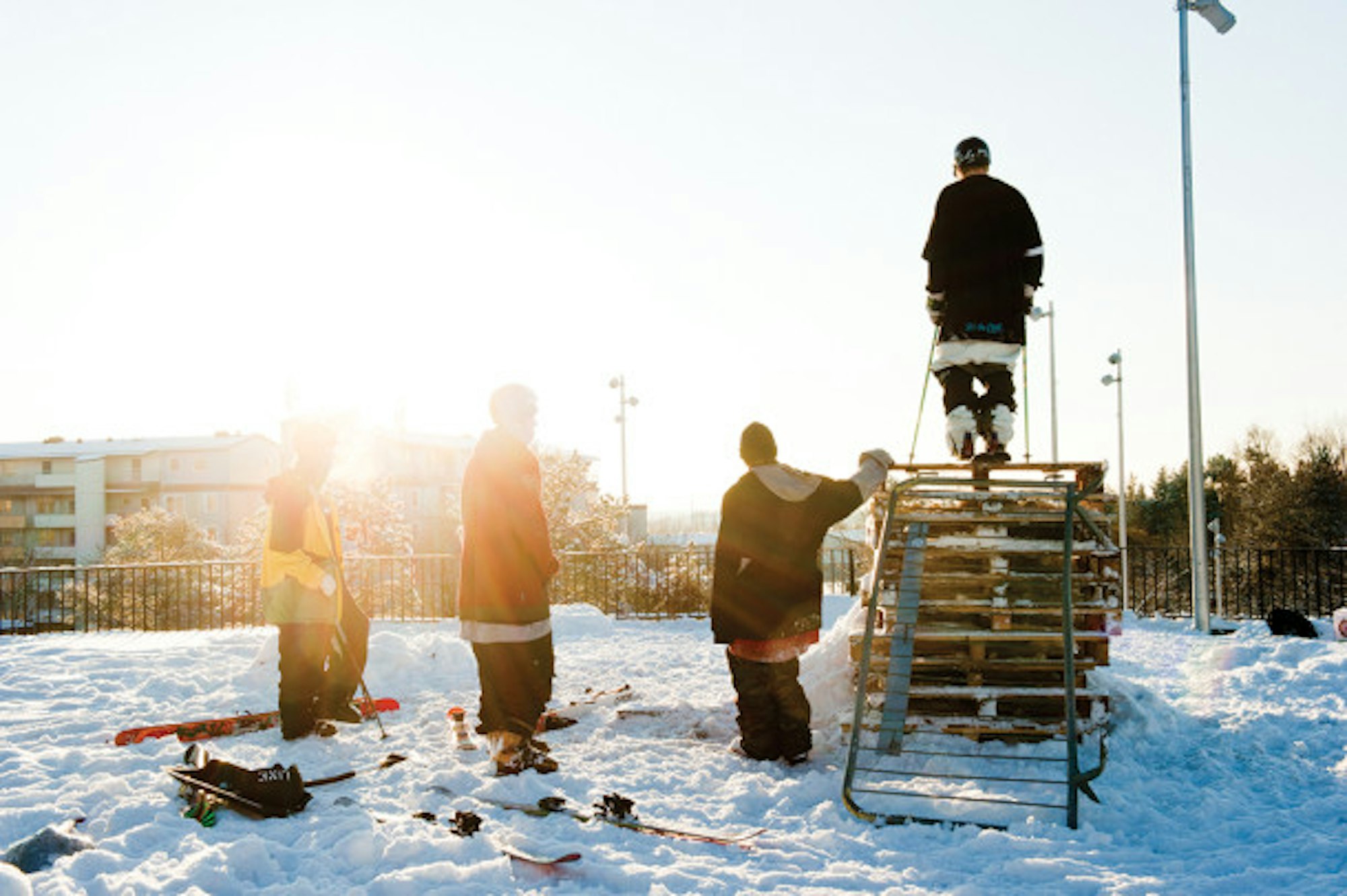
Photo: Simon Hastegård_Level 1.
Fast forward 10 years to a spot 4 miles from that 14-stair. I’m standing almost 250 feet away from a feature, holding on to a rope. This setup took us about three hours to build, and I’m somewhere around try number 30. It’s a U-shaped wall ride with a 10-foot drop to the ground in the middle, a drop, straight to asphalt, that was taller than the total height of that 14-stair feature. The rope is connected to a high-speed winch that I built and lovingly named Bridget, and she probably has more horsepower than Tim’s Pup. I have that same scared feeling I had 10 years prior. My knees feel a little weak, my stomach is knotted and my chest is tight. I grip on to that rope and yell, “DROP!” The winch fires up, and I’m traveling at about 25 mph, essentially straight at a wall. I let go of the rope, feel the compression of the jump, pop into the wall and press my skis flat against it, riding around 180 degrees. I come down the wall and ski out of the small transition we’ve built. The feeling of joy is just as great as it’s always been.
It’s not really a feeling you can capture in words, but anyone who has faced the challenge and triumphed can relate. The type of people who are filming urban haven’t changed since the beginning, just the tools we use and the environment those tools allow us to visit. Nor has the mindset changed, except that then the focus was more on the spot. It was, “Nobody has ever done this handrail. I’m going to go slide it, and the shot will be awesome.” Today, the goal isn’t the spot, it’s the trick, “Nobody has ever done something like this. I’m going to land it, and the shot will be awesome.” Instead of a spot list, urban skiers have a list of tricks or ideas and spend the winter searching for a spot where they can stomp them. Skier’s brains are wired to think of something that has never been done before, to wonder if it’s physically possible and, if it seems feasible, to try it. We’re basically fucking scientists. It’s not something that’s necessarily exclusive to skiing, but in our realm, it means the lips, the drops, the tricks, everything is getting bigger, faster and more creative.
That always leads people to question, “When does the evolution end? When is it too big? When is it too hard?” I can promise you this: The momentum will never stop moving our sport forward. The rails will continue to get longer, the drops will continue to get higher and the tricks will continue to get weirder for many years to come. As long as people continue to feel that nervous anticipation right before yelling “DROP!”, you will continue seeing things that have never been done before. But it is becoming more and more common that the outcome of landing those never-been-done-before tricks isn’t just on skiers but in other people’s hands.
We’re basically fucking scientists. It’s not something that’s necessarily exclusive to skiing, but in our realm, it means the lips, the drops, the tricks, everything is getting bigger, faster and more creative.
It’s 1 a.m. on December 27 in Anchorage, AK. After two weeks of urban skiing spanning a 350-mile stretch from Fairbanks to Anchorage, we have finished setting up one of my white whales. Standing in front of me is a 6-foot-tall jump leading into a 13-foot-tall art structure on the campus of the University of Alaska Anchorage. This spot is special to me. For four years I walked by it every day on my way to class, wondering how I could hand drag over it. “A car tow would never work,” I would say to myself. Then, finally, the winch came into play, and speed was no longer the issue after I built Bridget. With boulders scattered through the inrun and outrun, snow cover became the problem, and for one winter I made no attempts at the feature because of the lack of snow. Two years of great snow levels and university police encounters and kick outs bring us to this cold, quiet night.
I have scouted the university police patrol times; I know when they are coming and going. With the jump and landing primed and winch in place, I walk to the van to put my boots on. “This is it,” I tell myself. “It’s two days after Christmas, university PD won’t be here for another hour, and a hand drag will only take me five tries.” I sit on the bumper of our rented minivan, which is packed to the gills with skis, lights, generators and beer for the after party, with one boot buckled. As I slip into the other, I look up and my heart sinks as UPD drives around the corner, keyed on us. The officer pulls up and asks for our IDs. We silently give them to him, and after five minutes of waiting, he asks us to kindly tear down our jump, pack our van and leave. We obediently do so, in the hope that our good behavior will lead him to turn a blind eye to the next crew.
Police and bystanders are no longer confused as to what we are doing. They see these large, intricate builds and skis and snowboards nearby and know exactly what’s going on. With the popularization of urban riding, many fans, including police officers, have been created, but the publicity has created just as many enemies. Years ago, when you ran into a cop, they didn’t really know what was going on, and you could always play the “Well, we could be out using drugs, so this isn’t that bad” card to talk them into letting you continue hitting the feature. These days, I don’t even try to talk my way out of these situations, I quietly nod my head and begin tearing down. It’s no doubt that this new formula makes getting shots more difficult, but I can say it makes the taste of getting that never-been-done-before trick all the more sweet.
This article originally appeared in the 2014 Photo Annual issue of Freeskier, Volume 16.5. Freeskier Magazine is also available via the iTunes newsstand.
Related: Level 1 releases Logan Imlach’s ultra creative jib segment from “Sunny”

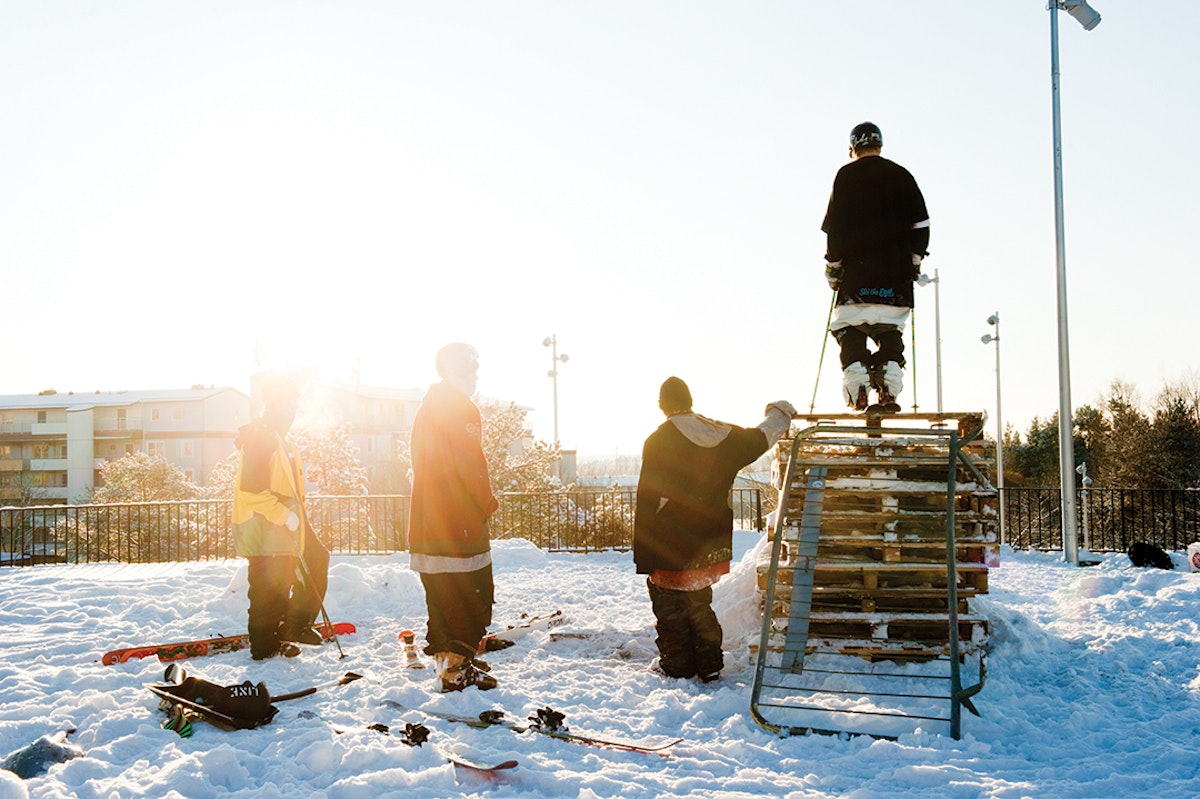
![[GIVEAWAY] Win a Head-to-Toe Ski Setup from IFSA](https://www.datocms-assets.com/163516/1765920344-ifsa.jpg?w=200&h=200&fit=crop)
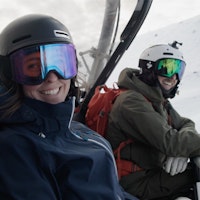
![[GIVEAWAY] Win a Legendary Ski Trip with Icelantic's Road to the Rocks](https://www.datocms-assets.com/163516/1765233064-r2r26_freeskier_leaderboard1.jpg?w=200&h=200&fit=crop)
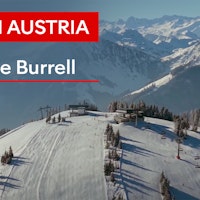
![[GIVEAWAY] Win a Legendary Ski Trip with Icelantic's Road to the Rocks](https://www.datocms-assets.com/163516/1765233064-r2r26_freeskier_leaderboard1.jpg?auto=format&w=400&h=300&fit=crop&crop=faces,entropy)
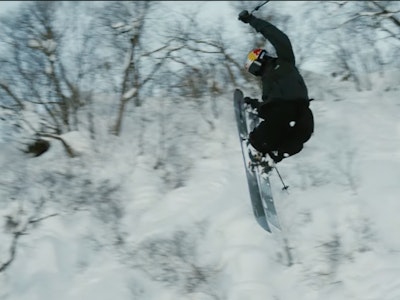
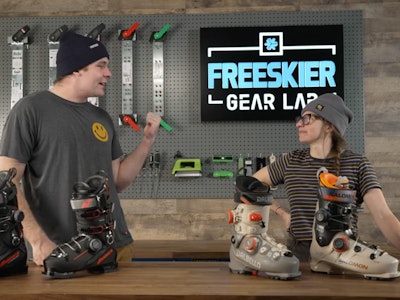
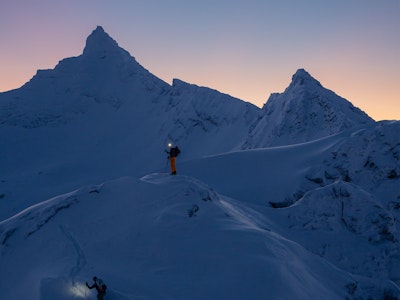
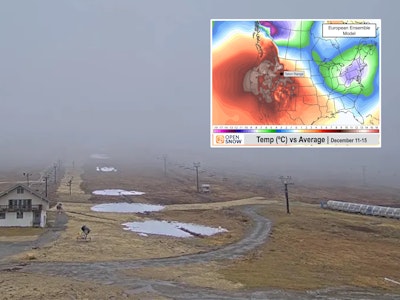
![[GIVEAWAY] Win a Head-to-Toe Ski Setup from IFSA](https://www.datocms-assets.com/163516/1765920344-ifsa.jpg?auto=format&w=400&h=300&fit=crop&crop=faces,entropy)
